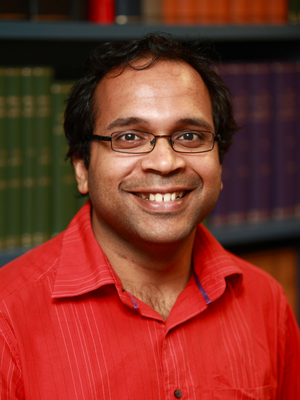The Cardiac Cell Under the Mathematical Microscope (#9)
The cells that make up our hearts have a highly specialised organisation. These structures can undergo drastic changes in patients with heart disease, but a fundamental understanding of the significance of these changes and how they develop is lacking. We are developing methods to integrate state-of-the-art structural microscopy data and biophysical modeling techniques in order to gain new insights into the role of spatial organization in cardiac cell systems biology.
Here we present a new method to computationally integrate electron microscopy and immunofluorescence data of heart cell ultrastructure to build a detailed model of the heart cell. We applied this method to computationally combine confocal-scale (~ 200 nm) data of RyR clusters with 3D electron microscopy data (~ 30 nm) of myofibrils and mitochondria that were collected from rat left ventricular myocytes. Using this hybrid-scale spatial model, we simulated reaction-diffusion of Ca2+ during the rising phase of the transient (first 30 ms after initiation).
We demonstrate in this study that: (i) heterogeneities in the Ca2+ transient are not only due to heterogeneous distribution and clustering of mitochondria; (ii) but also due to heterogeneous distribution of RyR clusters; Further, we show that: (iii) these structure-induced heterogeneities in Ca2+ can appear in line scan data. Using our unique method for generating RyR cluster distributions, we demonstrate the robustness in the Ca2+ transient to differences in RyR cluster distributions measured between rat and human cardiomyocytes.
We also discuss our on-going development of a complete 3D model of a heart cell and our investigations into the impact of cardiac ultrastructural remodeling on function in diabetic cardiomyopathy.
 HCM 2017*
HCM 2017* 